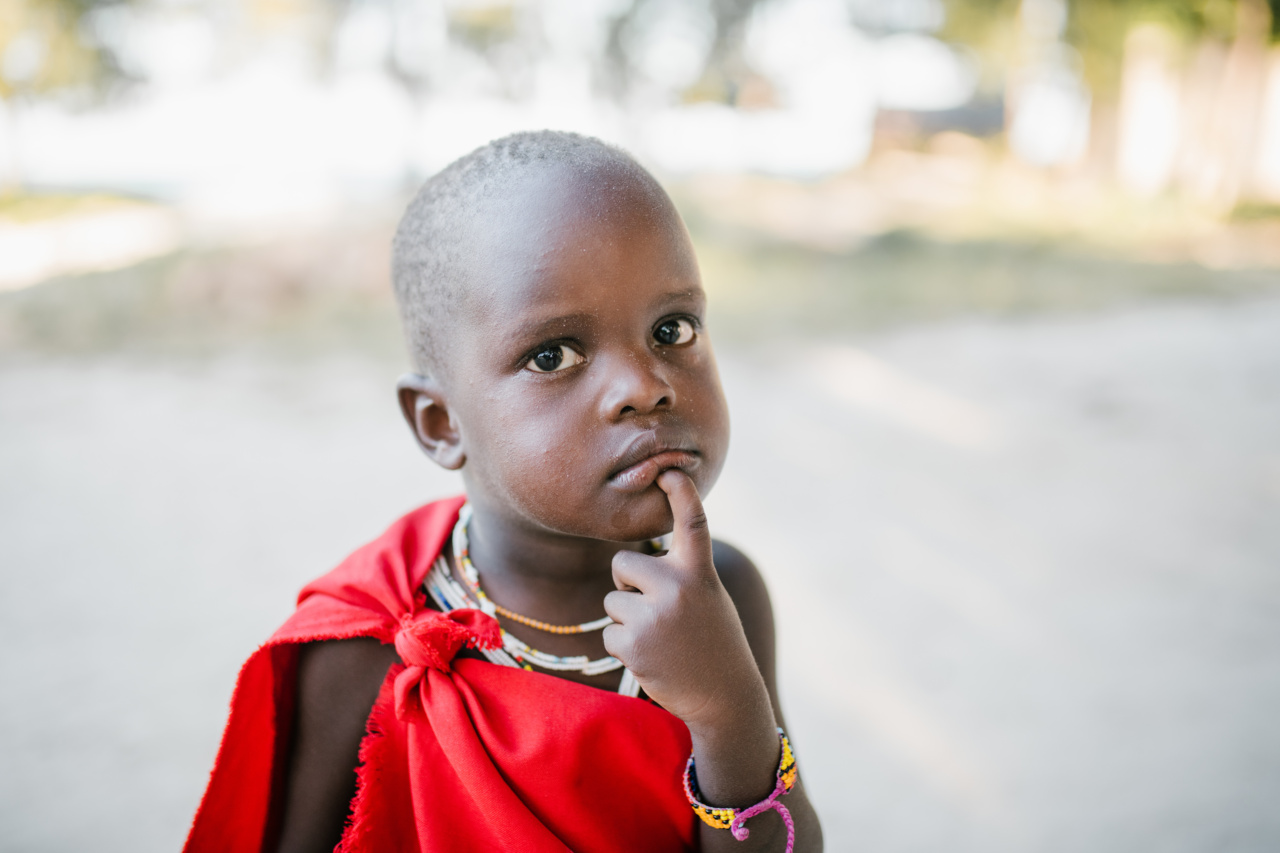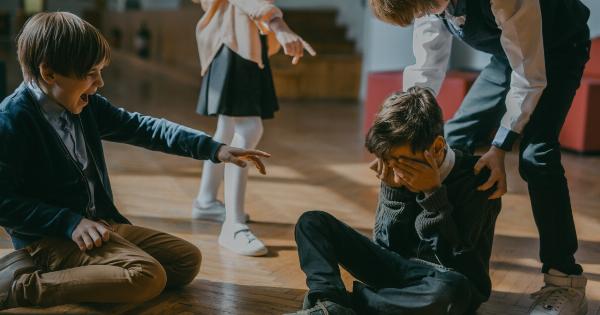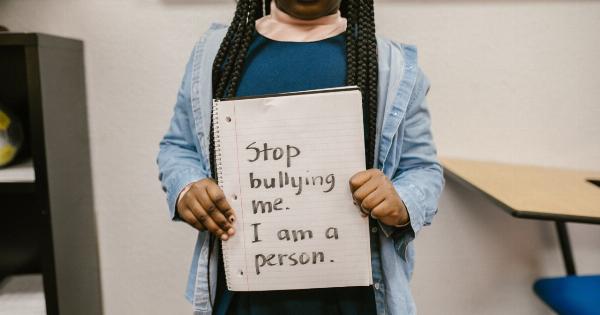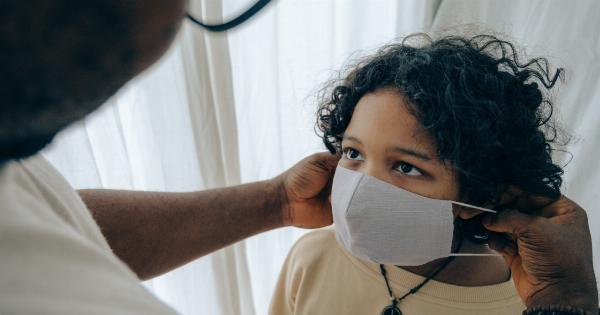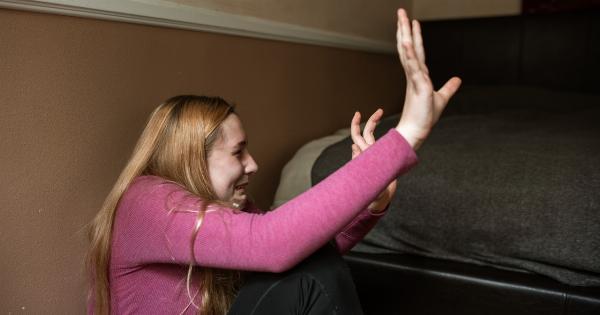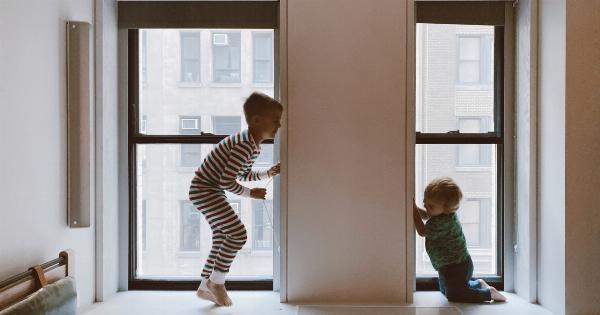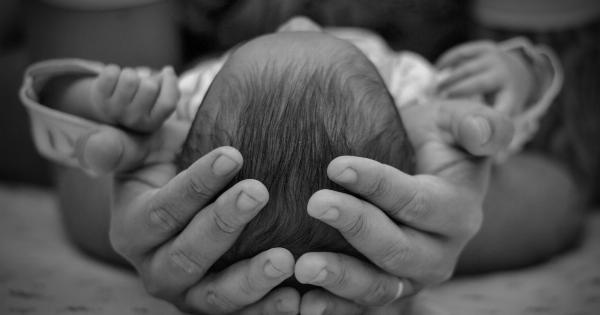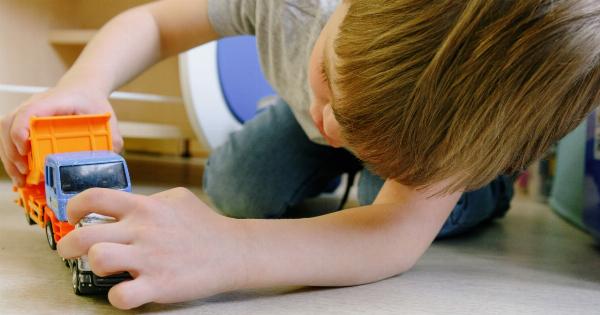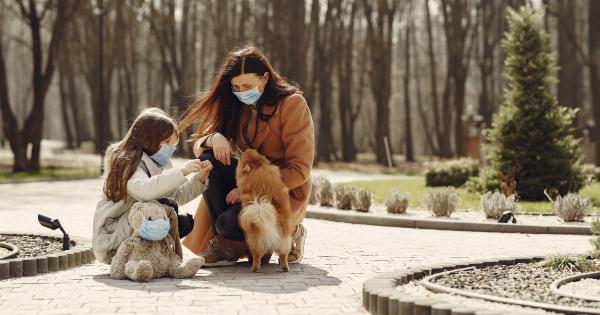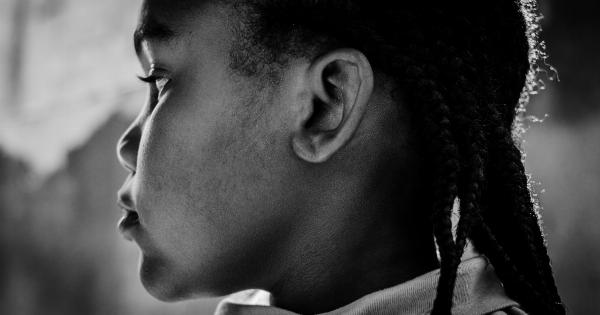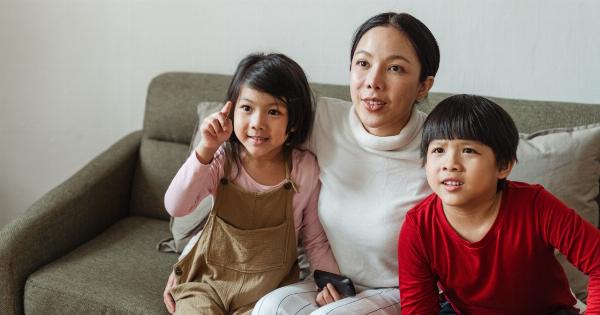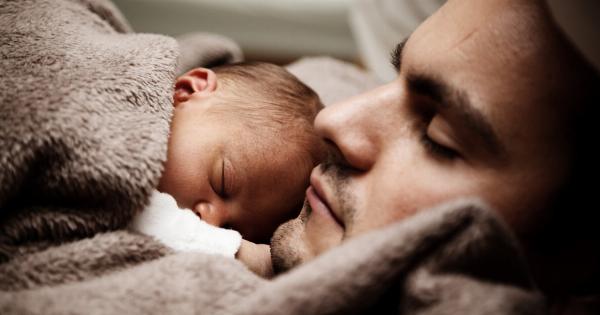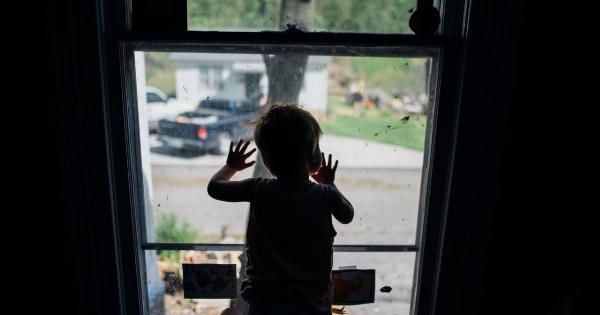Bullying is a serious issue that many children face at some point in their lives. It can have a significant impact on a child’s physical and emotional well-being, as well as their academic performance.
As a parent, it is crucial to be vigilant and look out for signs that your child may be experiencing bullying. By recognizing these red flags early on, you can take the necessary steps to support your child and address the issue effectively.
1. Sudden Change in Behavior
If your child undergoes a sudden change in behavior, it could be an indication that they are being bullied.
Look out for signs such as withdrawal from activities they once enjoyed, a decline in academic performance, frequent mood swings, or increased irritability. These behavioral changes may suggest that something is wrong, and it’s important to have an open conversation with your child to understand the underlying cause.
2. Unexplained Physical Injuries
Physical injuries, such as unexplained bruises, cuts, or scratches, are clear signs that your child may be a victim of bullying. While children are prone to accidents during play, consistent and unexplained injuries should be cause for concern.
Take the time to investigate these injuries and talk to your child about what may have happened.
3. Loss of Personal Belongings
If your child frequently loses or comes home without their personal belongings, it could be a result of bullying. Bullies may take or hide your child’s belongings as a means to assert control or power over them.
Keep an eye out for missing items and ask your child if they have experienced any confrontations or incidents that may explain the loss.
4. Reluctance to Attend School or Participate in Activities
A sudden reluctance to attend school or participate in extracurricular activities may indicate that your child is being bullied.
If they fear encountering the bully or feel unsafe in certain environments, they may avoid attending these events altogether. Pay attention to your child’s excuses for not attending and discuss their concerns openly.
5. Change in Eating Habits
Bullying can also affect a child’s appetite and eating habits. If your child suddenly loses interest in meals, frequently complains of stomachaches or headaches, or experiences weight loss, it might be a sign of emotional distress.
These physical symptoms may be associated with the stress and anxiety caused by bullying.
6. Difficulty Sleeping
Children who are being bullied often have trouble sleeping. They may have nightmares, insomnia, or experience restlessness during the night due to the fear of what awaits them the next day.
If your child’s sleeping patterns have changed significantly, it is crucial to explore the underlying reasons and address any potential bullying incidents.
7. Social Isolation
When faced with bullying, children often isolate themselves from their peers. They may experience difficulties forming or maintaining friendships, avoid social gatherings or recess, and display signs of withdrawal.
Notice if your child no longer wants to engage with others and ensure they have a trusted support system they can confide in.
8. Low Self-Esteem
Bullying can have a detrimental impact on a child’s self-esteem and self-worth. If your child suddenly exhibits signs of low self-esteem, constantly puts themselves down, or expresses feelings of worthlessness, it may be a result of bullying.
Reinforce positive affirmations and regularly remind your child of their strengths and qualities.
9. Unexplained Emotional Outbursts
Children who are victims of bullying may exhibit unexplained emotional outbursts, including sudden anger, sadness, or fearfulness. These outbursts often come from the accumulated stress and anxiety they experience on a daily basis.
Validate your child’s emotions and provide them with a safe space to express their feelings openly.
10. Changes in Online Behavior
In today’s digital age, cyberbullying has become a concerning issue.
If your child suddenly exhibits changes in their online behavior, such as avoiding social media platforms or being overly secretive about their online activities, it might be an indication that they are experiencing cyberbullying. Monitor your child’s online presence and establish an open dialogue about internet safety and responsible online conduct.
Recognizing the red flags associated with bullying is essential for promoting your child’s well-being and ensuring their safety. If you suspect your child is being bullied, take immediate action by contacting their school to address the issue.
Additionally, seek support from a mental health professional who can help your child navigate the emotional toll of bullying.
